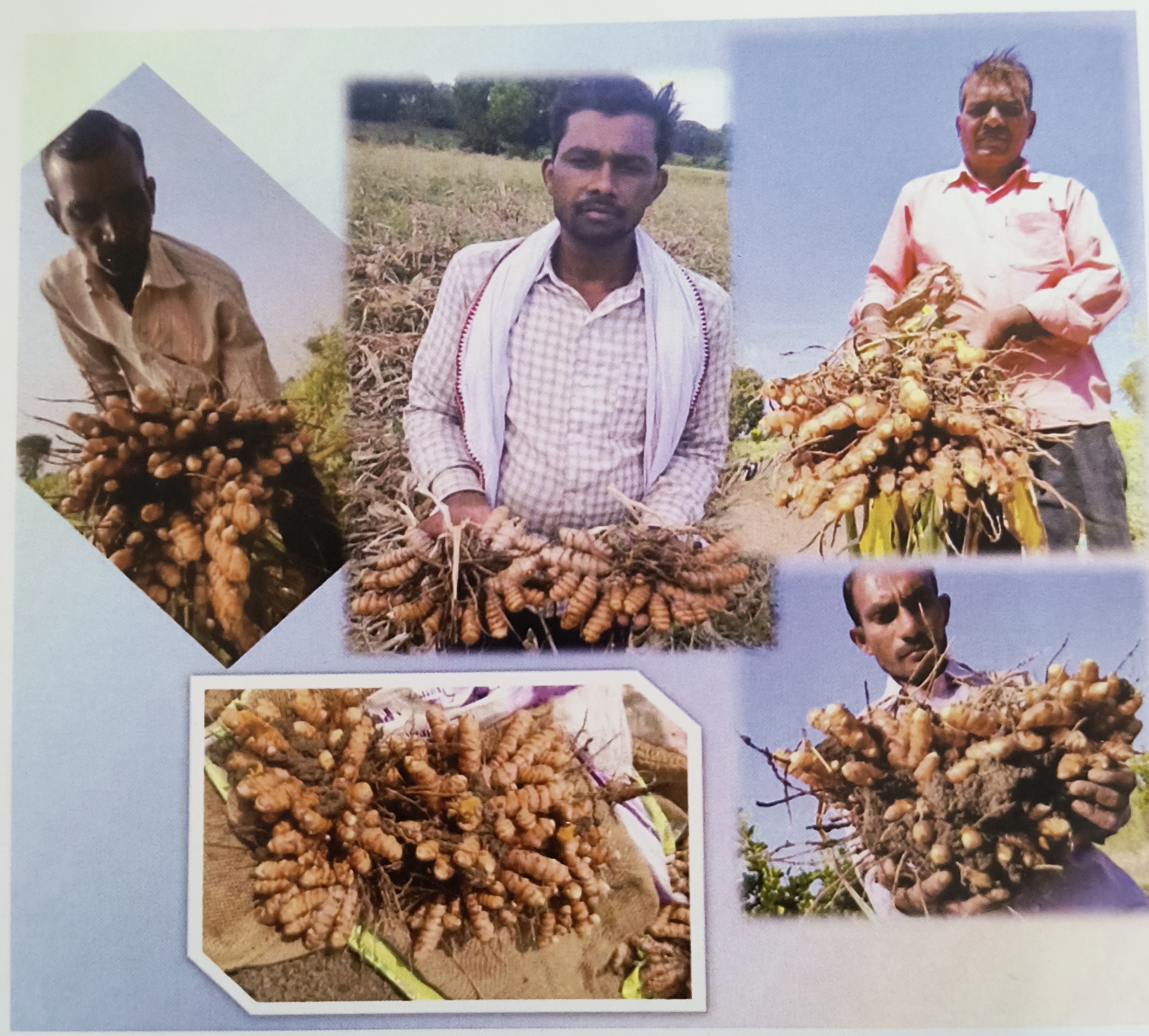Success Stories Details
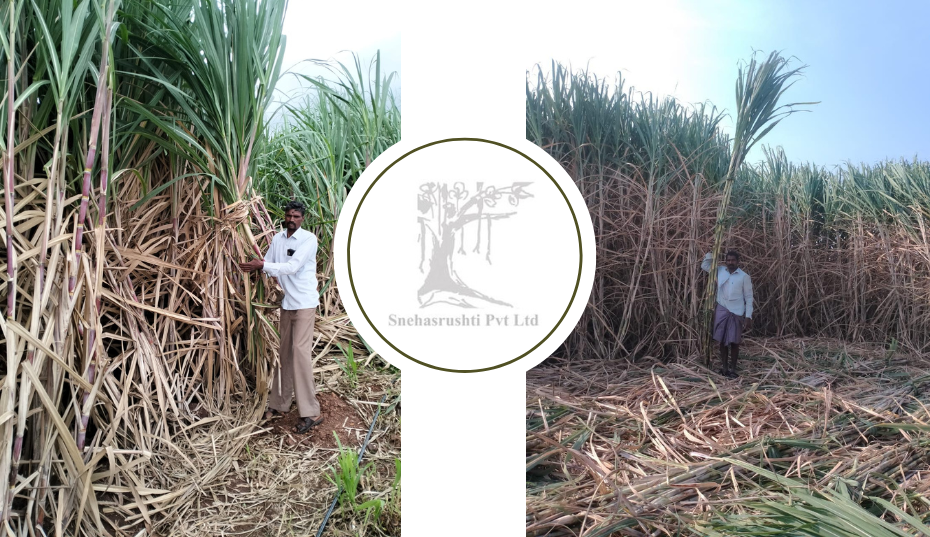
Crop : Sugarcane
Sugar cane farming is a significant agricultural practice worldwide, supplying a crucial raw material for the production of sugar, ethanol, and various by-products. Typically cultivated in tropical and subtropical regions with ample rainfall or irrigation, sugar cane requires a warm climate and well-drained soils for optimal growth. Farmers usually begin by planting sugar cane cuttings or sets in prepared fields, spacing them appropriately to facilitate growth.
Increased in number of tillers of Sugarcane by soil Guard Drenching. Leaf width and length of sugarcane were increases by soil Guard Drenching. Throughout the growing season, which can last from six months to over a year depending on the variety, farmers must carefully manage the crop, monitoring for pests, diseases, and weed infestations.
Snehasrushti Products Goals
Organic farming products aim to achieve several objectives that prioritize environmental sustainability, human health, and animal welfare. Organic farming aims to minimize the use of synthetic pesticides, herbicides, and fertilizers. Instead, it relies on natural methods such as crop rotation, composting, and biological pest control to maintain soil fertility and control pests and diseases. Organic farming practices focus on maintaining and enhancing soil health by promoting biodiversity, reducing soil erosion, and improving soil structure.
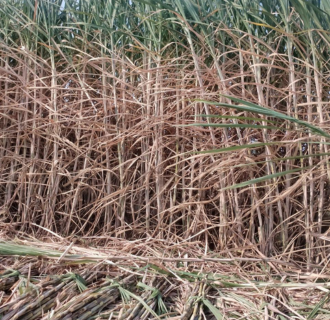
Snehasrushti Products Benefits
Organic farming offers numerous benefits for farmers, both in terms of environmental sustainability and economic viability.
- Increase in number of tillers of sugarcane by Soil Guard Drenching
- Leaf Width and length and Internode length of sugarcane were increased by Soil Guard Drenching
- Reduced Input Costs: Organic farming typically relies on natural methods of pest control, fertilization, and weed management, which can reduce the need for costly synthetic inputs such as pesticides and chemical fertilizers.
- Improved Soil Health: Organic farming practices, such as crop rotation, cover cropping, and composting, promote soil health and fertility.
Sugarcane farming is an important agricultural activity globally, particularly in tropical and subtropical regions
There are numerous varieties of sugarcane, each with its own characteristics such as sugar content, fiber content, and resistance to pests and diseases. Farmers select varieties based on local climate, soil conditions, and market demand. Sugarcane is susceptible to various pests and diseases, including sugarcane borers, aphids, white grubs, and fungal pathogens such as smut and rust.

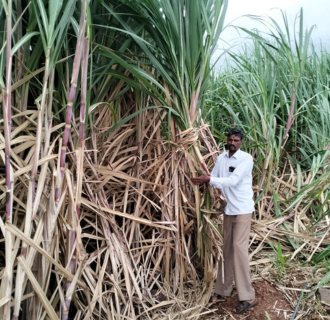
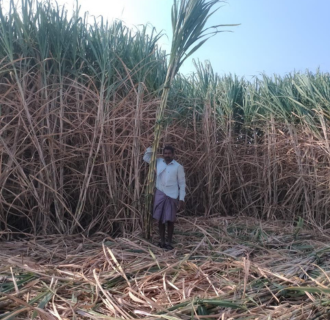
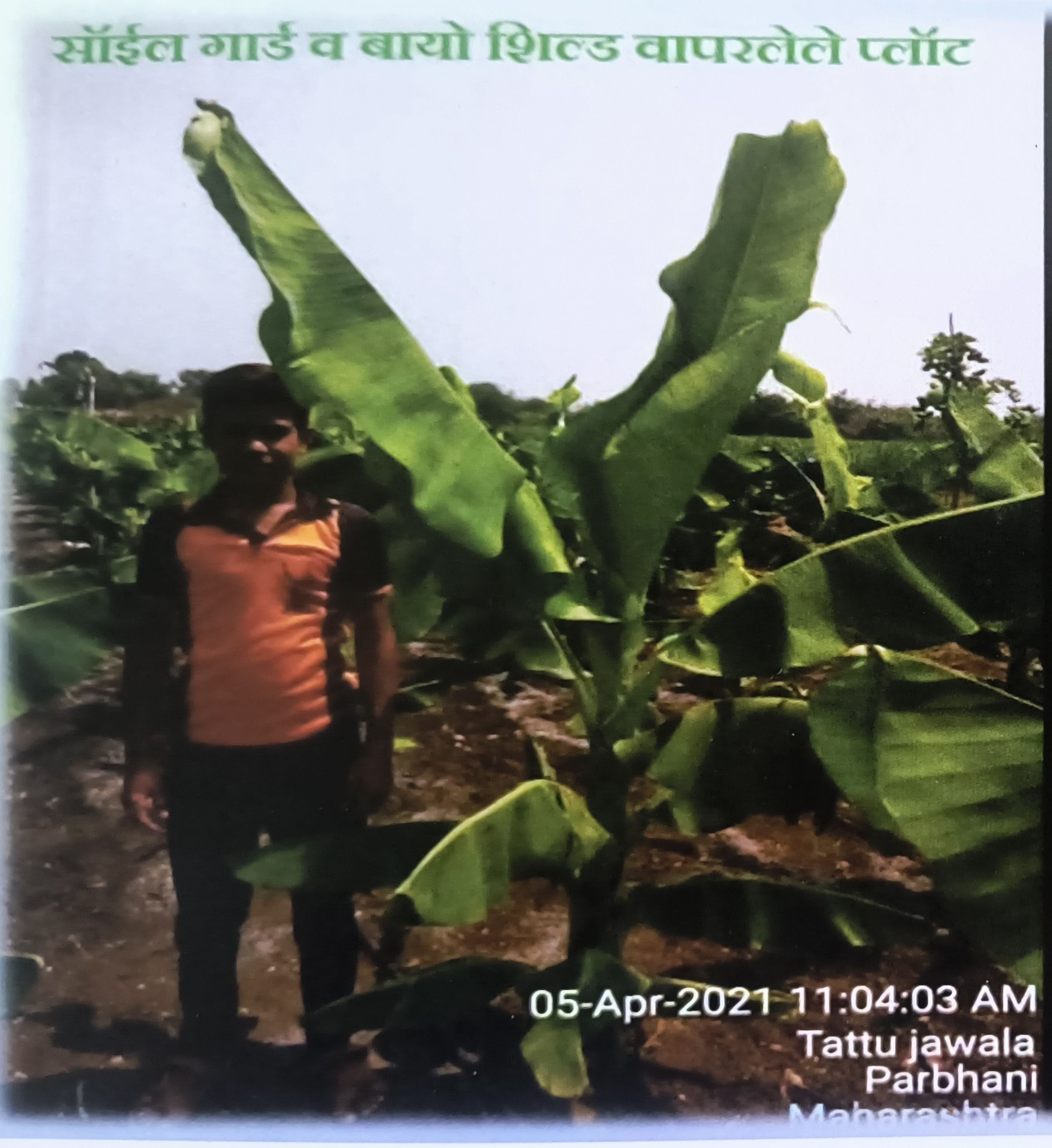
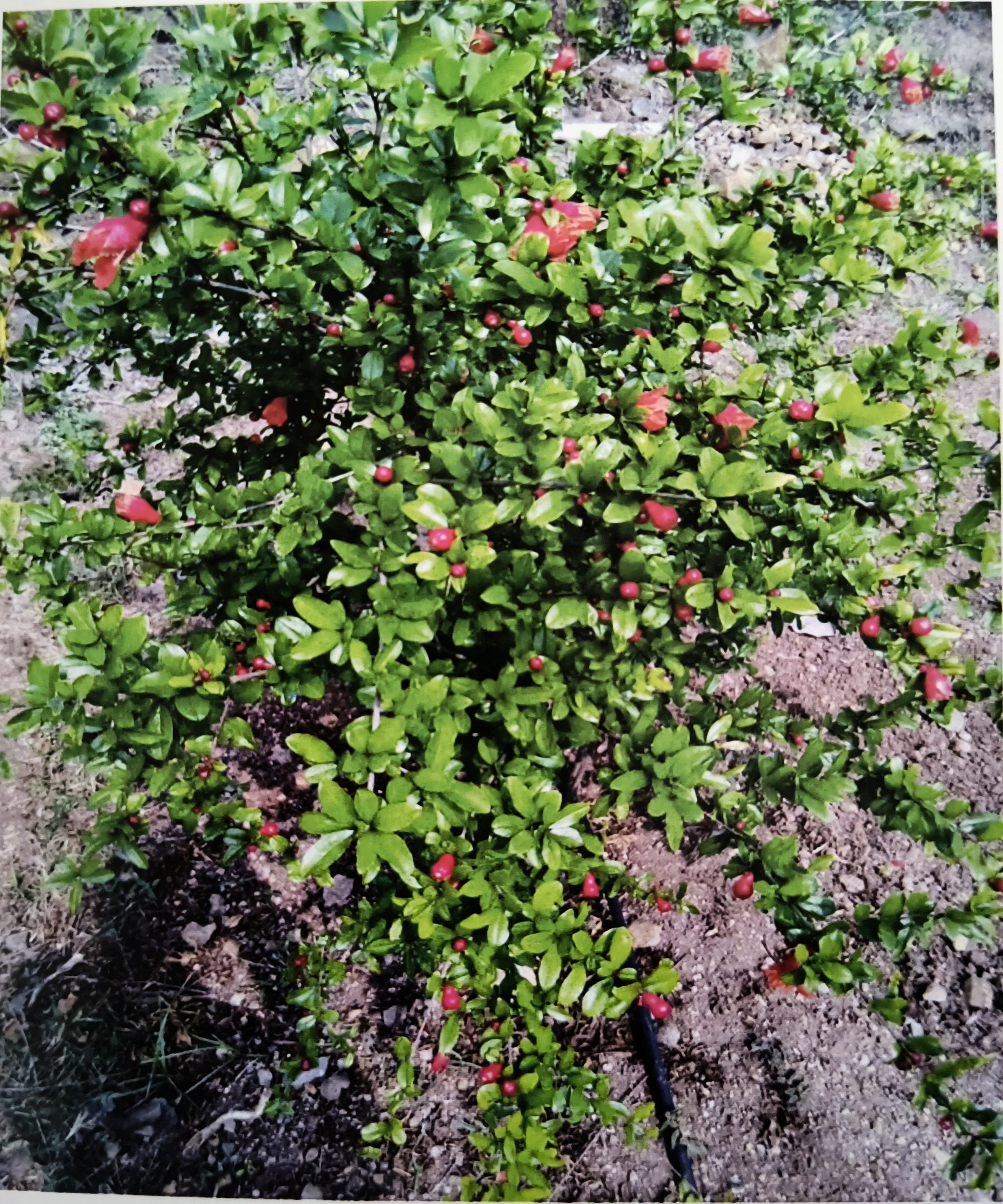
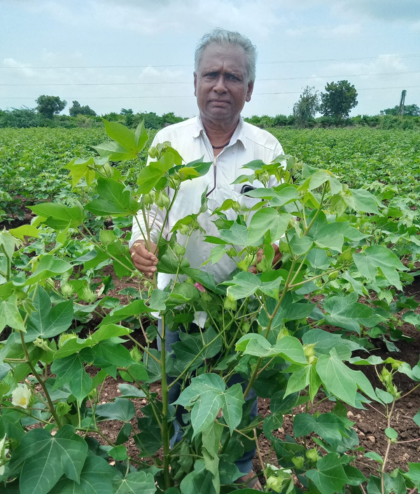
.png)

